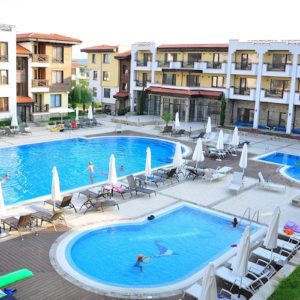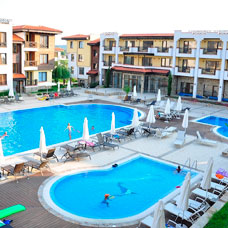
The Challenge
A hotel property in a popular tourist destination city was looking to increase awareness among their relevant audience and drive up their programmatic advertising performance. They also wanted to focus on supporting their restaurant and dining locations at their hotel and resort as it was lacking in brand awareness and walk-in traffic due to the competition in the area. They enlisted the help of our team to precisely target consumers interested in travel to their location.
The Solution We Implemented
Travel is a very unique area. Given the high competition and number of options available for travelers, we had to implemented a very defined strategy for each tactic because we had 2 objectives: improve brand awareness and target travelers who could show interest in their hotel; and secondly drive restaurant/dining traffic to local travelers.
Our team developed a comprehensive strategy of search retargeting at the keyword level, site retargeting and mobile geo-optimization.
- Keyword Contextual/Search Retargeting: Instead of targeting an entire country, we focused on keyword contextual and search retargeting based keywords for people looking for hotels in the key city. So hotels in miami was a sample keyword we leveraged knowing we were getting our ads in front of those individuals expressing interest in hotel properties in miami.
- Site Retargeting: We decided to tap into multiple DSP’s (not only 1), in order to expand our site retargeting efforts. This gave us even more air cover and further supported their Google Ads, Facebook Ads, and other omnichannel advertising efforts.
- Geofencing Marketing: We were quick to explain to the client that using this tactic to attract travelers to the hotel would not be wise because there were not great practices in identifying people around the country based on their physical activities that would tell us they are firmly interested in booking travel. That’s where search and keyword contextual came in. Instead, we used geofencing to impact their restaurant and dining options that were available. We geofenced nearby restaurant competitors, other competitors hotels, and local beaches. We served creative ads that were promotional in nature and got people thinking about other local dining options at the hotel.
With quick learning from the campaign launch, our team and our multivariate algorithms optimized keywords, blacklisted specific domains to more precisely target customers, and adjusted the frequency cap and pacing to maximize budget. We also shifted budget to higher performing areas and swapped creative to keep the advertisements relevant through changing seasons.
The Results
Through multiple tactics and optimizations, our team achieved a CTR of .33%, more than tripling the client’s goal of reaching the industry average CTR of .08 – .1%. In addition, we leveraged conversion zone tracking to measure those who saw the geofencing marketing ads and then came to the hotel to dine or other reasons. Over the course of 3 months, we measured over 198 walk-in conversions. Of that, 11 people clicked on the ads and the rest saw the ads and came to the hotel, letting our team know there was strong influence from the geofencing marketing campaign.

